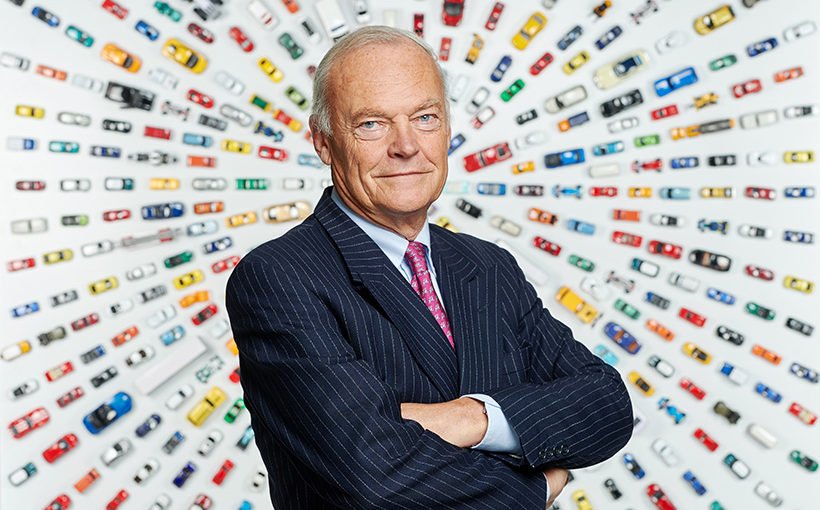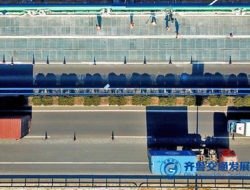Chairman of the board of directors of the Automobile Industry Federation (FEBIAC), Thierry van Kan presents his view of the mobility of tomorrow. He is categorical: the city and the car are not incompatible, provided we draw on a comprehensive vision of mobility.
More and more big cities are reviewing their approach to mobility and leaving behind the “everything with the car” model inherited from the 60s. What place will the car have in it?
“We are currently observing a migration to cities, which are going to become very big cities. In this context, the mobility trend is to prioritise multi-modal transport, in which the everything with the car concept will be definitively abandoned, but without simultaneously jeopardising individual mobility. The car will still have its place in the city. The real question is to know which cars the public authorities want to see in the urban area. I think we will evolve towards smaller and perhaps less pollutant vehicles. But we will have to legislate on this. We are also going to evolve towards other uses, like the shared car, for example, and in the more distant future, the autonomous car. ”
Isn’t the shared car a threat for the automobile industry, which risks seeing its sales fall?”
“Not at all. The situation is similar to that of the car hire market. This actually already represents 10% of automobile production in Europe and the U.S. The shared car is an extrapolation of the hire market. For the moment, this market is mainly focused on small cars. In the future, the offer will be extended to other vehicles such as shared (and even autonomous) minibuses, for example. ”
Where does Belgium stand with respect to the use of own cars? You get the impression that the sale of electric cars isn’t really taking off here.
“Our country is clearly behind its European neighbours. But is that so important? Today, the electric car is still expensive and offers quite low autonomy. The technology hasn’t yet been perfected and I can understand why people are hesitant. Furthermore, another problem is the absence of political vision. If the authorities today gave a clear signal that Belgium is specifically going to encourage the use of electric cars in town, electricians would rush to install charging terminals (at their own cost). But we are still waiting for this signal.”
Isn’t there an alternative to the electric car?
“In my view, the ecological cars we have today are only interim solutions. The real electric car will be a vehicle that doesn’t need to be charged after a few hours. The car of tomorrow will use fuel batteries and will run on hydrogen.”
Do the new technologies imply new infrastructure needs?
“Of course. Today we have to anticipate the needs that will materialise in 10 or 15 years. At the same time, we won’t avoid a huge debate on the organisation of public areas. What is the best location for office space? How do we best organise the mix between housing and work space? Its a huge and highly complex job.
Is the automobile industry consulted about these issues?
“Absolutely, and we hope to actively contribute to improved mobility. We have been backing multi-modal mobility for 20 years. It is fashionable to doubt the automobile sector’s legitimacy in the mobility debate. However, we have everything to gain from an improvement of the situation. Deteriorating mobility remains the automobile industry’s worst enemy, because users no longer invest in their car. Why buy a new car if it’s just to get stranded in interminable jams?”
What points do you wish to draw attention to in order to improve the mobility offer?
“Our vision is one of intermodality. To implement this model, investment must be made in car park infrastructures in the city, at city entry points and also at public transport departure points. Currently, our automobile fleet is increasing by 50,000 vehicles a year. If we calculate a space occupation of 5 metres per vehicle, this represents 250 kilometres of parking spaces to create every year. We are a long way away from that. But a vehicle going round and round to find a parking space adds to the traffic jams.”
Photo © DR/FEBIAC
Tags: electric car, FEBIAC, Van Kan





































